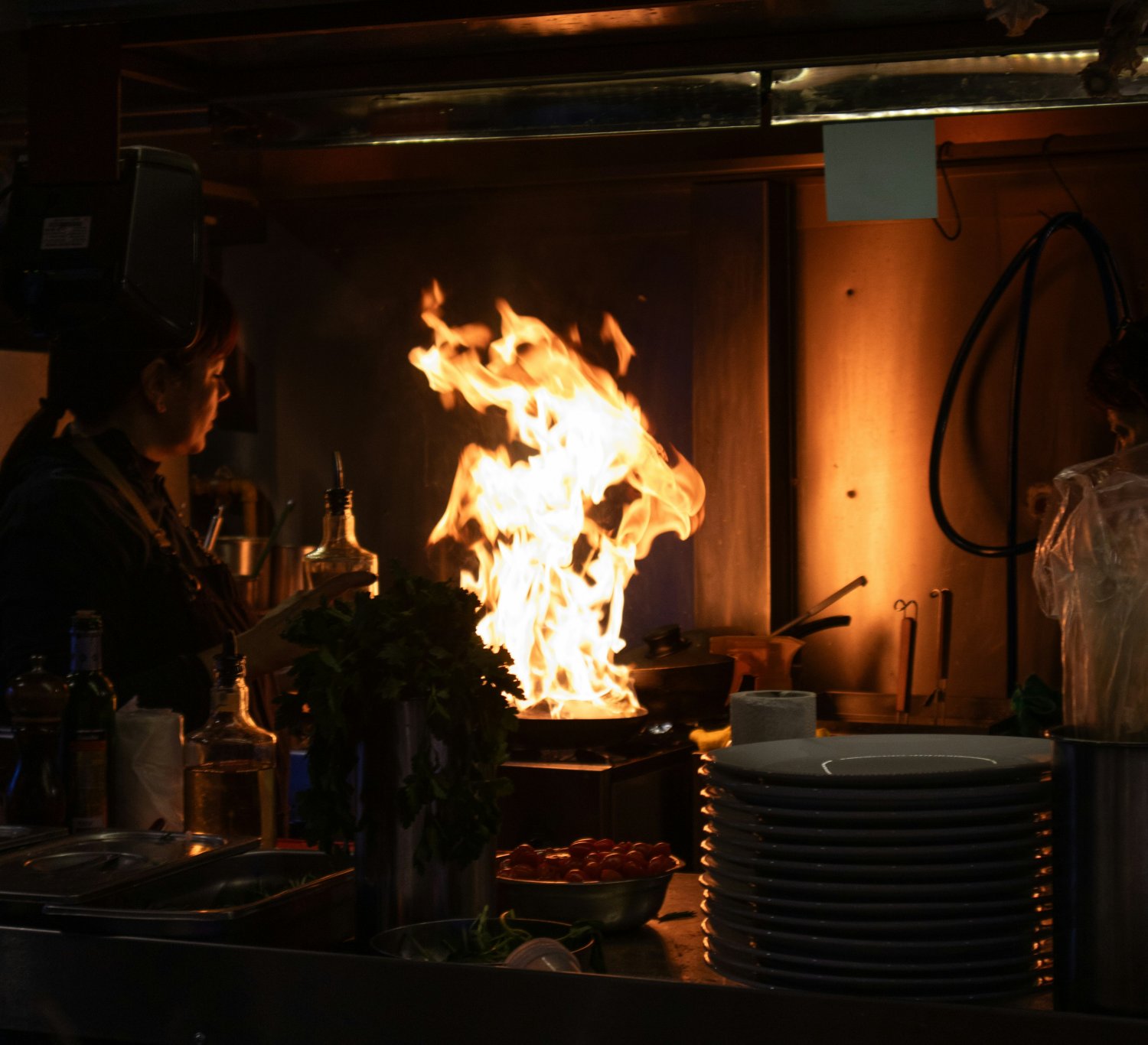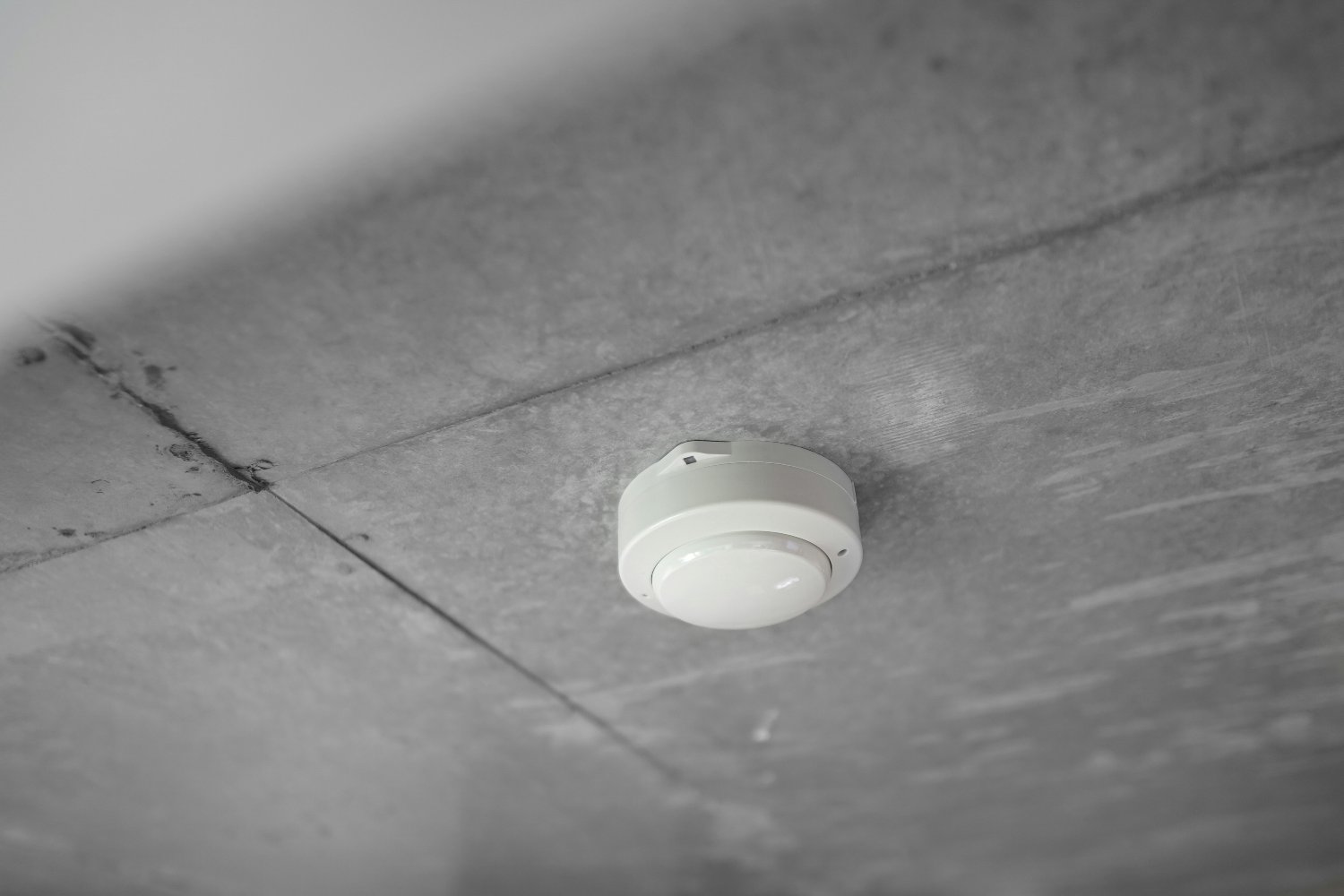Fire Safety and Fire Suppression Requirements of Golf Clubs

More and more clubs, particularly golf clubs, are seeing requirements for fire suppression to be fitted. An increasing number of insurers are demanding that golf clubs fit fire suppression systems in their kitchens, as well as other areas of the clubhouse. To get ahead of this emerging risk, and in our continued effort to keep premiums under control, Club Insure want to brief golf club managers on the full up-to-date requirements for fire safety.
Insurers have strict requirements for the fire safety and fire suppression capability of premises. Fire safety includes a raft of mandatory actions which must be followed to ensure clubs comply with conditions stipulated in their policy. Only through a dedicated broker, are golf clubs able to understand and manage their risks and achieve the best cover possible.
Start your switch to Club Insure
What are the requirements for installing fire suppression systems?
A fire suppression system involves a collective of equipment which is designed to put out and prevent a fire at a club. There are many types of fire suppression systems and components, each suited to different industries and physical spaces. Fire suppression is now a key facet of club insurance, becoming increasingly stipulated by insurers and many clubs will need to start making changes to their premises.
At Club Insure, we are seeing more and more clubs falling short of fire safety and fire suppression requirements. The insurer’s demand for compliance can prevent us from providing a golf club with suitable quotes and reduced premiums. Indeed, properties with significant fire safety risks might experience increased premiums due to a higher perceived risk.
Clubs should look to the future and invest in updated fire suppression solutions now in order to save time and money in the long run. Spending money wisely now will reduce costs in future and help brokers in securing improved terms and premiums. We’ve detailed what golf clubs, or any sports and social club, should be looking out for when conducting a fire risk assessment of their premises, as the likely places where clubs could improve.

What golf clubs need to look out for when conducting a fire risk assessment:
Fire extinguishing systems
Fire extinguishers need to be available and in working order. These are essential to prevent a small fire from becoming a large one.
High risk areas in golf clubs and social clubs include kitchens. Cooking appliances, hoods, filters and extraction systems will require an approved fixed automatic fire extinguishing mechanic.
Fire suppression systems
Modern automatic fire suppression systems include detectors that sense heat and smoke and a small tank of solution which can be deployed to extinguish fire. In the case the automatic function does not work, fire suppression systems can often be activated manually. The fire suppression system needs to be tested by a professional annually (or 6 monthly for some insurers).
Most insurers currently require an ANSUL system to be installed. This is a specific type of automatic fire suppression system, and although there are other fire suppression systems available, ANSUL is preferred by insurers.
The sudden increased demand for suppression has led to some golf clubs paying far too much for their systems. If you are insured via Club Insure, we will put the club in touch with one of the national kitchen fire suppression installers that offers a discount for Club Insure clients.
Contact Club Insure to learn more
A robust system generally starts around the £3,500 to £4,000 plus vat mark.
Due to the regulations and standards required in the UK, you cannot fit or install one yourself. Book a contractor and also contact your insurance broker to ensure the specification is suitable for your insurer before fitting.
Fire detection systems
There are three types of fire detections systems; smoke detectors, heat detectors, flame detectors. The purpose of a fire detection system is to use an alarm to alert of the presence of fire. As well as a loud alarm, fire detection systems can also include a signal sending an alert to the responsible person’s phone or to a central station.
On review, check the placement of your fire detectors. Fire detectors should be placed in all escape routes and all rooms of a building. If you have had a recent renovation or extension to your building, check fire detectors have been placed appropriately. Check all fire detectors are working and in good condition. Commercial fire alarm checks should be executed weekly – checking the alarm sounds and that the panel receives the correct signal. Keep a fire safety log book with the location of each call point tested.
Tests should be able to be done without a professional present. Contact fire safety operators if there is an issue. Fire alarm system specifications are often stipulated in insurance documents.
Training and Fire risk assessments
The correct actions of individuals is a key component of fire safety at a club. Fire risk assessments should be thorough and performed regularly. Club owners should consider hiring the services of professionals to survey the premise’s fire risk and preparedness, as well as service the fire suppression systems.
Professionals will also be required to train individuals at the club who are responsible for the fire safety. Fire safety courses are available through Club Insure’s partner network. Sentient provide health and safety, HR and fire safety services.

Only through a dedicated broker, are golf clubs able to understand and manage their risks and achieve the best cover possible. Club Insure are the nation’s chosen dedicated broker for golf clubs. Contact Club Insure to start the process of switching insurers and improving your terms. Also, subscribe to our newsletter to stay up to date on emerging risks.
Start your switch to Club Insure






